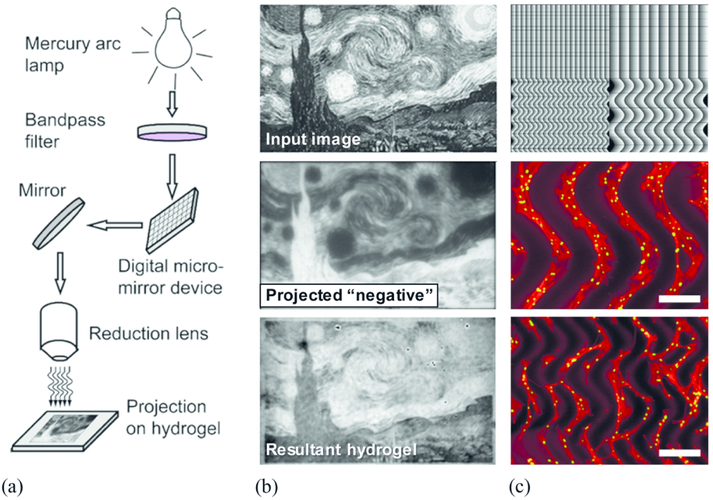Figure 3: Maskless lithography techniques can spatially pattern mechanical gradients on a photodegradable hydrogel.
(a) In one method, a digital micro-mirror device (DMD) projects an image onto a hydrogel sample to propagate photodegradation-based patterning. This adaptable method allows users to alter topological material stiffness on the hydrogel. (b) The input grayscale image of The Starry Night was loaded into a SF-100 XPRESS photolithography system to project the “negative” pattern, granting the resultant degraded hydrogel. The inherent contrast can be directly visualized, as degraded regions appear darker due to differences in molar absorptivities between degraded and undegraded photolabile compound in the hydrogel. (c) Pixel projected image (negative) containing linear and curved gradient was projected to the surface of gel. Seeded hMSCs on the surface of patterned gel gathered in the degraded region and followed the pattern gradient. Scale bars = 268 μm (middle) and 134 μm (bottom). Reproduced from Ref. 66 with permission from American Chemical Society.

